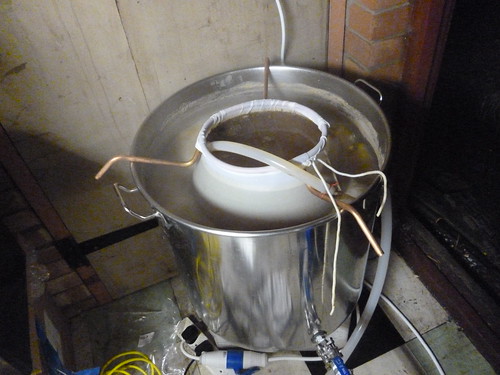BeerCat
Landlord.
- Joined
- May 6, 2015
- Messages
- 5,292
- Reaction score
- 1,694
Hi BeerCat
Just a thought...Have you selected the right sensor option in the PID options?....it's not always set to the K type.
I did adjust that option but the manual is wrong( At least the. Should read 21 not 20. I bet i am not the first to turn the air blue over that. Would of been the last thing i checked. All i have left to do is attach the heatsink and connect up the new pump when arrives later in the week. Cant wait to try it out. Thanks for your help mate. :thumb:










































